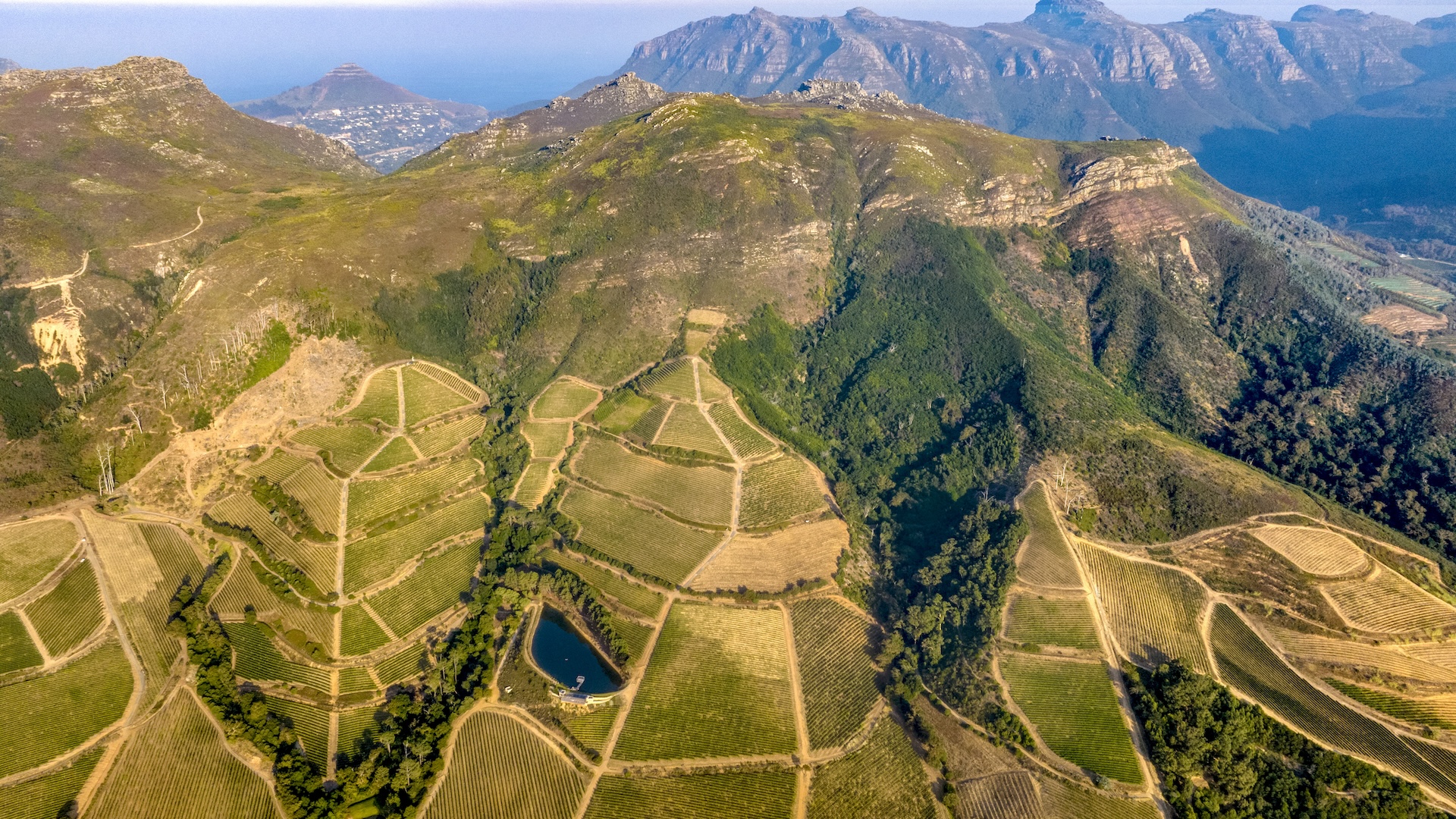South Africa's Mysterious Rise: Scientists Uncover Surprising Link to Drought
INTRODUCTIONIn a groundbreaking study, researchers have finally cracked the code behind South Africa's enigmatic rise over the past decade. Contrary to initial suspicions of a mantle plume, the culprit behind the land's uplift is none other than drought. A new GPS-based model reveals that water loss is the primary driver of the country's steady ascent, with significant implications for monitoring droughts and managing water resources.
KEY POINTS AND ANALYSIS
Between 2012 and 2020, South Africa rose an average of 6 millimeters (0.2 inches) due to drought and water loss, according to the study published in the Journal of Geophysical Research: Solid Earth. The research team, led by geodesist Makan Karegar, analyzed GPS data from permanent stations across the country, correlating uplift patterns with droughts and seasonal shifts. The findings suggest that as water disappears from surface reservoirs, soil, and groundwater reserves, the land rises, much like memory foam after a weight is removed.
CONTEXT AND BACKGROUND INFORMATION
South Africa's mysterious rise has been a subject of interest for over a decade, with initial theories pointing to a plume of hot rock in the mantle beneath the country. However, Karegar's observation of uplift correlating with drought periods led the team to investigate this relationship further. The new study provides a crucial tool for spotting signs of drought in the future, which is particularly significant in a region prone to water scarcity.
CONCLUSION OR FUTURE IMPLICATIONS
The discovery of drought as the primary driver of South Africa's rise has far-reaching implications for water management and drought monitoring. As the world grapples with the challenges of climate change, this research offers a valuable insight into the complex relationships between water, land, and climate. Furthermore, the study's findings could be applied to other regions experiencing water scarcity, providing a valuable tool for predicting and mitigating the effects of drought.
RELATED STORIES* Africa is being torn apart by a 'superplume' of hot rock from deep within Earth, study suggests * The Sahara desert is growing, and climate change is partly to blame
